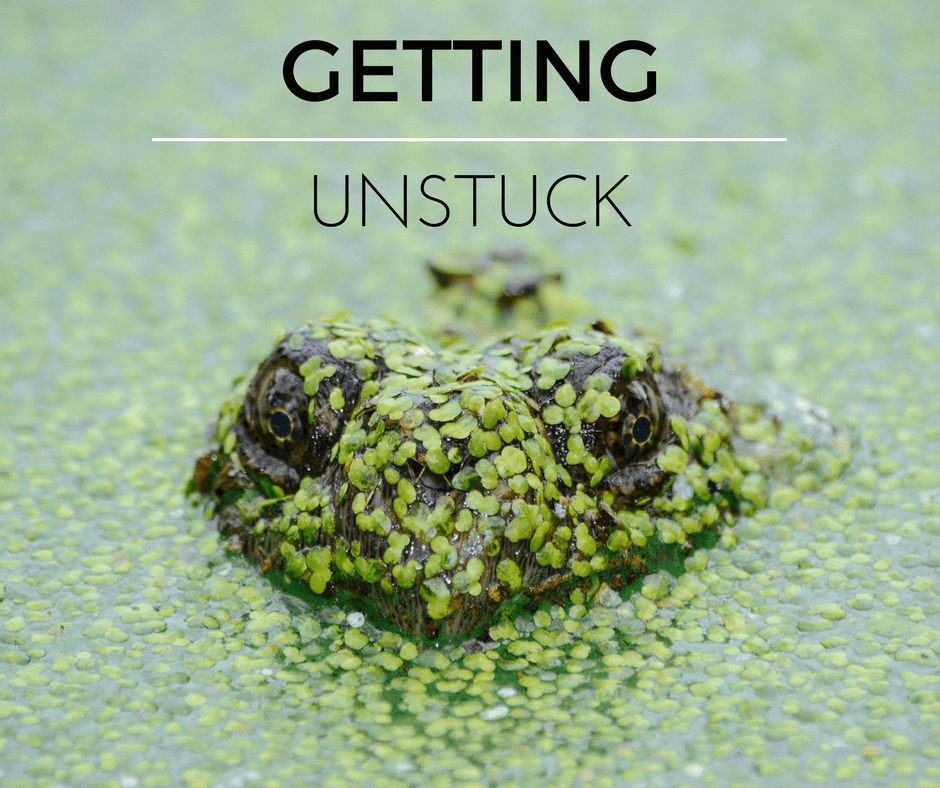by Naomi | May 11, 2017 | Creative Life
One of the first questions I ask writers as they develop a story character is “What are your character’s strengths?” After identifying strengths, we also think about weaknesses. However, we start by looking for those places where a character shines.
If a character has only weaknesses or is overwhelmed by life’s challenges, she doesn’t have the confidence to begin taking action. Characters who can’t take action quickly lose a reader’s interest. We want to shake them by the shoulders and say, “DO something!”
But in our own lives, we tend to focus on the problems.
What isn’t working? What do we need to fix? Maybe this approach is due to the overwhelming amount of marketing messages we encounter. These messages are craftily designed to remind us of who we are not and what we do not yet have. Savvy marketers know that when they sell a transformation, buyers buy. And yet, when we spend most of our time identifying how we ought to be transforming: personally, professionally, creatively, socially, and so on, we lose our footing. Or to be more specific, we lose our confidence.
Starting with a win is a sure way to keep winning.
I’m not talking about fooling ourselves with overly sunny self-talk. We know when we’re telling ourselves a lie. The trick is to start with a win we’ve already achieved, or one that isn’t a long shot from where we currently stand.
Research shows that a key factor to achieving a goal is belief. We must believe we are capable of success. Until we have actually conquered a challenge, we might hope we can overcome the odds, but we don’t know for sure. On the other hand, each real success adds to a track record that builds our confidence. Sounds obvious, right? Yet, we still struggle.
Why? We don’t play to our strengths.
Think about the last time you did something new. Did you first review any current skills or successes on which you might build? Or did you focus on the gap between your skills and your goals? Chances are high you focused on the gap. You’re definitely not alone!
When we consider a child who doesn’t know how to play guitar or draw or speak Spanish, we give the child the benefit of the doubt. They need time to learn this new skill set. As adults, we don’t give ourselves that grace. We look around at peers and we see their expertise. Without questioning our assumptions, we berate ourselves for what we have yet to learn. Rather than playing to our strengths, we start from our weaknesses. In most cases, this negative beginning leads to false starts, slow learning curves, and more often than not, we give up.
What if, instead, you played to your strengths?
What if your approach to learning something new went like this?
- Find a point of connection between what you currently do well and what you want to learn.
- Start with that connection point, and give yourself a small challenge. Choose a challenge you are sure you can tackle.
- When you achieve your goal, celebrate! Tiny mid-journey celebrations help us enjoy the learning process.
- Next, choose a new challenge that stretches you one step further.
- Move forward in this way, small challenge to small challenge.
- If you fail to reach a challenge, don’t fret! Return to your most recent success and analyze what you can learn from the failure. What adjustments will give you a better chance of success the next time around?
- After a few weeks or a month, look back over your progress and note how far you’ve come. Chances are high that you’ll be amazed!
Try it out, and then come on back and share the story of how it went. I’d love to hear about your journey. You can comment below, or connect with me on
Facebook or
Twitter.
Here’s to you and your creative growth!
by Naomi | May 8, 2017 | Creative Life

“A diamond gemstone is made up of facets—defined surfaces, sides which each face a particular direction and yet are all connected to one another: distinct aspects of the whole.”
― Marianne Roccaforte, Ph.D., Bridges in the Mind: An Artist’s Handbook for Everyday Living
“Meg, when people don’t know who they are, they are open either to being Xed, or Named.”
― Madeleine L’Engle, A Wind in the Door
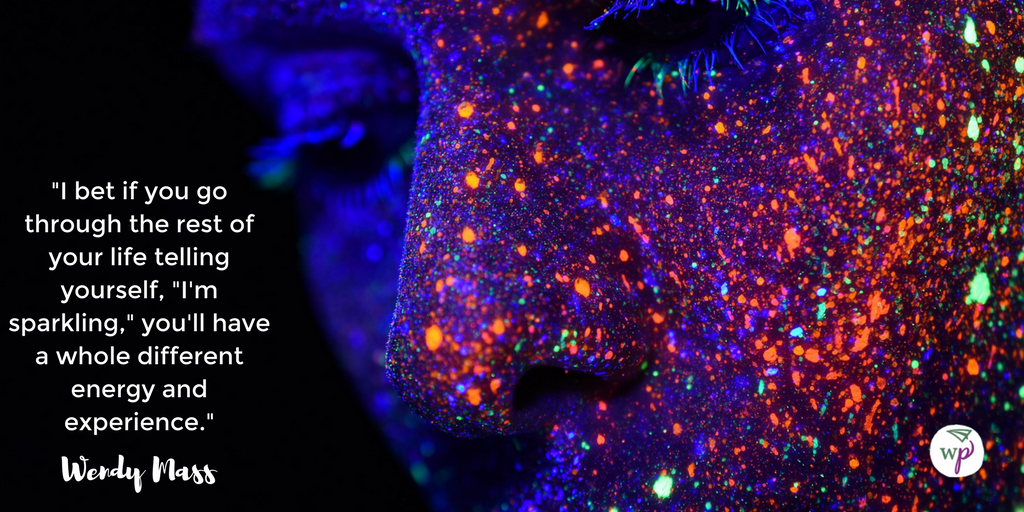
“We’re afraid of writing characters different from ourselves because we’re afraid of getting it wrong. We’re afraid of what the Internet might say.”
― Gene Luen Yang
SaveSave
SaveSave
by Naomi | May 4, 2017 | Writerly Play Activities
Visit the Writerly Play Workshop and build your revision skill set. Never heard of the WP Workshop? Learn how Writerly Play thinking strategies supercharge your creativity here.
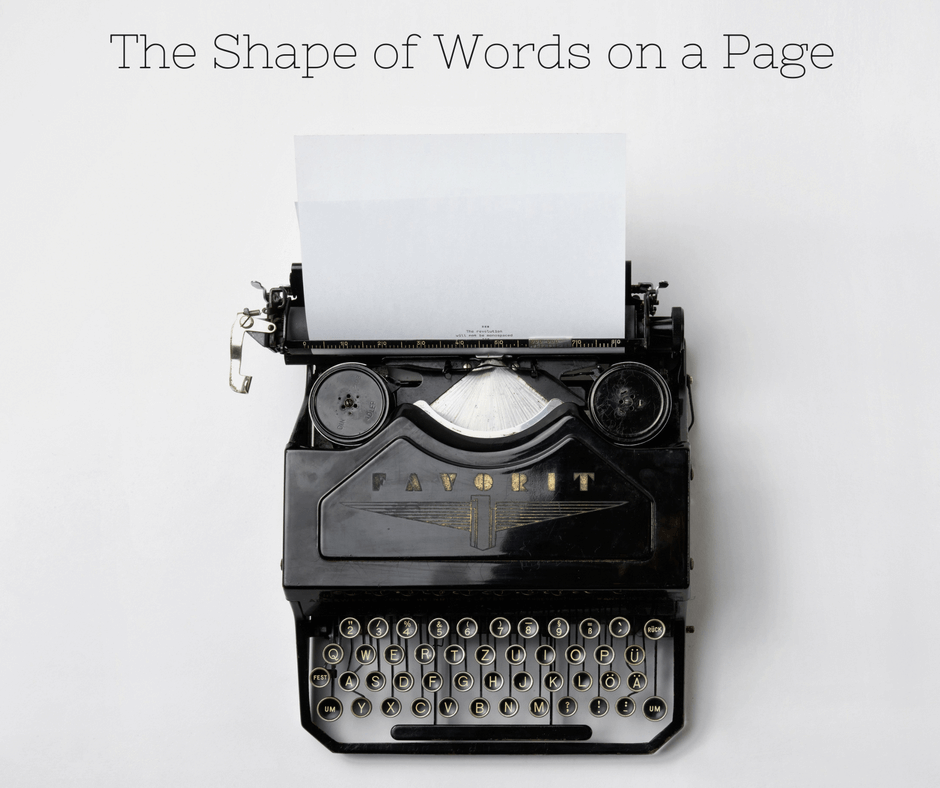
Word after word on a page can easily lull our minds into numbness.
But when we see
word
after word
on a page
suddenly we see
differently.
A few summers ago, I took a revision workshop with Linda Sue Park. What an incredible experience! One of Linda’s strategies has become a standard part of my writing practice. She asked us to take a manuscript page and break it into lines. No line could be more than five or six words. With breathing room, it became immediately clear where prose could be tightened, where words were repetitive, or where weak verbs or nouns could be strengthened.
Somehow, when the shape of the words on the page changed, I could see my writing with new eyes.
It’s a simple but powerful tool. Many, many thanks to Linda Sue Park for adding such a transformative strategy to my bag of tricks!
Try This:
- Copy a page of your manuscript into a new document.
- Break the paragraphs into short lines of no more than six words each.
- Read through and finesse the sound, rhythm and tone of your words.
- Once you’ve revised the prose in this format, put the writing back into paragraph form.
- Do a before/after comparison. What do you notice?
I’d love to hear your thoughts and insights! Share below or connect with me on Facebook or Twitter.
by Naomi | May 1, 2017 | Writerly Play Activities
Visit the Writerly Play Studio and play your way into creative discoveries. Never heard of the WP Studio? Learn how Writerly Play thinking strategies supercharge your creativity here.
One of my first jobs was at Shanti Foundation for Peace in Evanston, IL. Indira Johnson, the artist-founder of the nonprofit, created many different kinds of community art, but my favorite was her work based on Rangoli drawing, in which women traditionally painted a pattern on the ground outside their homes. Family members would walk across this drawing each day, scattering the image, and in doing so, the blessing was spread across the community.
I had the honor of helping Indira with some of her community art sessions. We’d explore the meanings of a variety of shapes and then as a community draw a pattern that had meaning to our group. Then, the drawing would be transferred to the ground and filled in with bright spices and other materials. You can see some examples of final results here:
Community Blessings.
I came to understand that each shape has a different feel, and a different historic significance. Molly Bang explores the feeling of various shapes in her book,
Picture This: How Pictures Work. It’s a book I return to again and again because it takes this concept of shape down to the basic, underlying concepts. Molly’s images and clear explanations help me understand how shapes work in visual art, but also sparks thoughts about how shape shows up in my writing. What might the shape of a line, the shape of a poem, or the shape of a story add to (or take away from) my work?
Try This:
- Take out a few pieces of differently colored paper and cut out shapes. Cut some circles, squares, rectangles and triangles.
- Arrange your shapes into groupings. See if you can make groupings that have different tones. Can you make a calm grouping? A fierce grouping? A lazy grouping? A creative grouping?
- Choose one of your groups of images, and write a poem that captures that same tone.
- Arrange your shapes and words on a page, and then share your work with someone. Celebrate this small, creative act.
As always, I’d love to hear from you! Are there shapes that have particular meaning for you? How does shape show up in your work? Feel free to comment below, or connect with me on
Facebook or
Twitter.
by Naomi | Apr 27, 2017 | Creative Life
Have you heard of the
Napkin Academy? It’s a visual thinking online course by Dan Roam, author of
The Back of the Napkin and other insightful books. If you’re interested in significantly raising the quality of your thinking and learning life, you should check it out.
Among the many insights explored in his course, Dan highlights the fact that we remember ideas that have form. If ideas are vague or abstract, they slip out of our minds. For instance, when Google 2-Step Verification was introduced, it was a technical idea. Then, the idea of two-step security was explained with
a drawing containing two steps:
- Getting past a bear
- Escaping a snake pit
Yep! Now, with the image, we get it. Visual thinking isn’t about dumbing down concepts. It’s about making an idea memorable enough to stick.
Similarly, when I tried to better understand the creative process, and encountered abstract, scientific explanations and piles of activities, I was lost. When I finally shaped the process into a form—creativity as a ramble through five mental rooms filled with distinct thinking tools—everything came clear. Naming this creative hideout “
Writerly Play” gave further form to the idea. Each of the rooms has a different purpose, but together, they are all about story and a playful approach.
Creativity is messy, to be sure. However, if we allow ourselves to think of the process as formless, we can’t help but become lost along the way. When we make something new, we need handholds and footholds. We need structure that gives us room to experiment and make discoveries.
Finding the shape of an idea is harder than it appears. Once the challenging intellectual work has been done, the results seem simple, even obvious. However, in order to boil a complex idea down to its core, you have to wrestle through the complexity. You must break the concept into what is essential and what is secondary, down and down. You’re finished when you’ve found a shape for your idea that is simple, but still comprehensive.
What ideas are you trying to communicate right now? Consider your personal life, your creative work, your relationships, and your job. Are there thoughts you’re repeating over and over, with little result? Choose one concept you’ve tried to share recently. How might you give that concept shape?
Even if drawing isn’t your thing, when you’re shaping an idea, don’t be afraid to take out a pencil and doodle. Let your mind play with images and see what fits. Finding an idea’s shape is much more like solving a puzzle than it is like writing a definition. When you’re putting a puzzle together, you need to pick up pieces and try them out. Here, too, experimentation is your friend.
Once you’ve experimented, come on back and share! I’d love to hear the insights you gain by exploring the shape of your ideas. You can also connect with me on
Facebook and
Twitter.
Here’s to you and your creativity!
by Naomi | Apr 24, 2017 | Creative Life
Creativity often shows up at the intersection of various thoughts. Here are three on shape … in its various iterations. What do these thoughts spark for you?
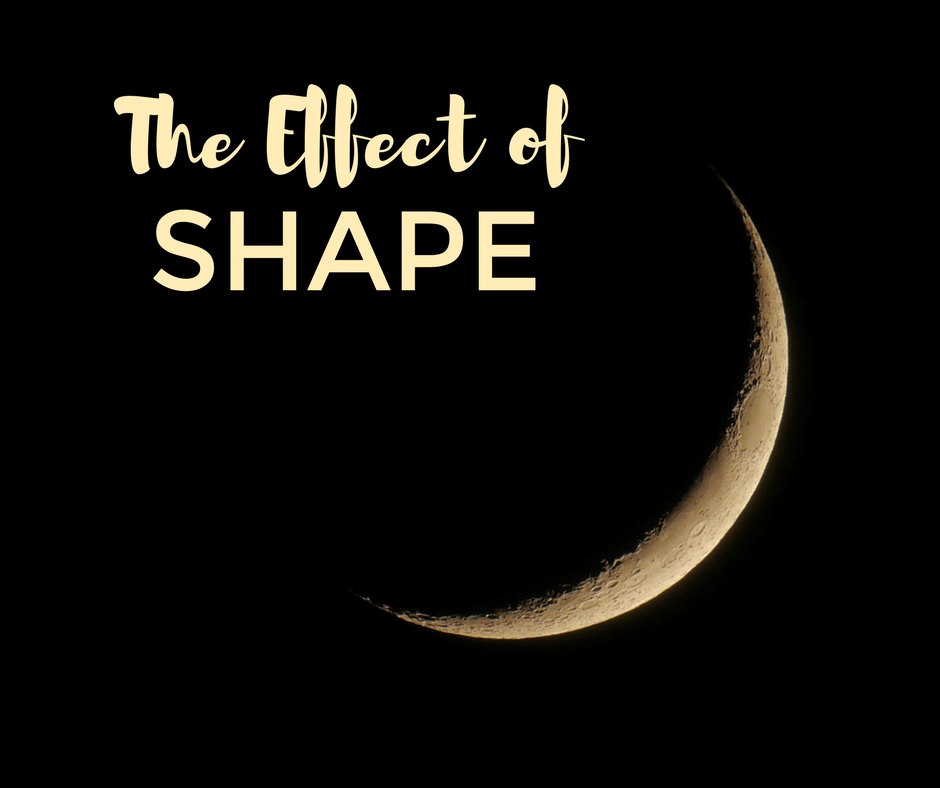
“The moon puts on an elegant show, different every time in shape, color and nuance.”
— Arthur Smith
“I try to apply colors like words that shape poems, like notes that shape music.”
— Joan Miro
“The artist is a receptacle for emotions that come from all over the place: from the sky, from the earth, from a scrap of paper, from a passing shape, from a spider’s web.”
— Pablo Picasso
by Naomi | Apr 20, 2017 | Tools & Apps
My playlist is an eclectic collection of tools that help me approach my work as play. My hope is that they’ll do the same for you.
Object: Working through a stuck moment.
What Didn’t Work: Expecting myself to be optimistic and energetic in the midst of a stuck place. Sometimes outside perspective is needed.
My Aha! Moment: I discovered
Unstuck when I wasn’t stuck, but I was immediately enchanted with the tool. The app takes a playful approach to diagnosing the kind of stuck moment one is in, and then provides an interactive tool to work through the challenge. What impressed me most, even more than the suggestions made, were the questions. Through engaging with the app, I made all kinds of discoveries about how I might move forward.
How I Play:
- First, I choose an area where I feel stuck.
- I work through the diagnostic tool to see what kind of stuck moment I’m in.
- Then, I use the Unstuck tool to play around with solutions.
Player’s Notes:
- You’ll find that the Unstuck website has all kinds of enticing tools and ideas in addition to the app. Be careful not to get lost in all the goodness!
- Allow your exploration to be play. The more you let go, the more you’ll gain through this process.
Take it to the Next Level:
As I’ve been reflecting on failure in the past couple weeks, I am aware that sometimes it’s difficult to admit that one is “stuck.” Keep in mind that stuck doesn’t mean you are incapable of solving your problem. The tool is helpful even if you do have additional ideas of what might be done. The more loosely you define the word “stuck” for yourself, the more benefits you’ll gain from the tool.
by Naomi | Apr 18, 2017 | Writerly Play Activities
Visit the Writerly Play Studio and play your way into creative discoveries. Never heard of the WP Studio? Learn how Writerly Play thinking strategies supercharge your creativity here.
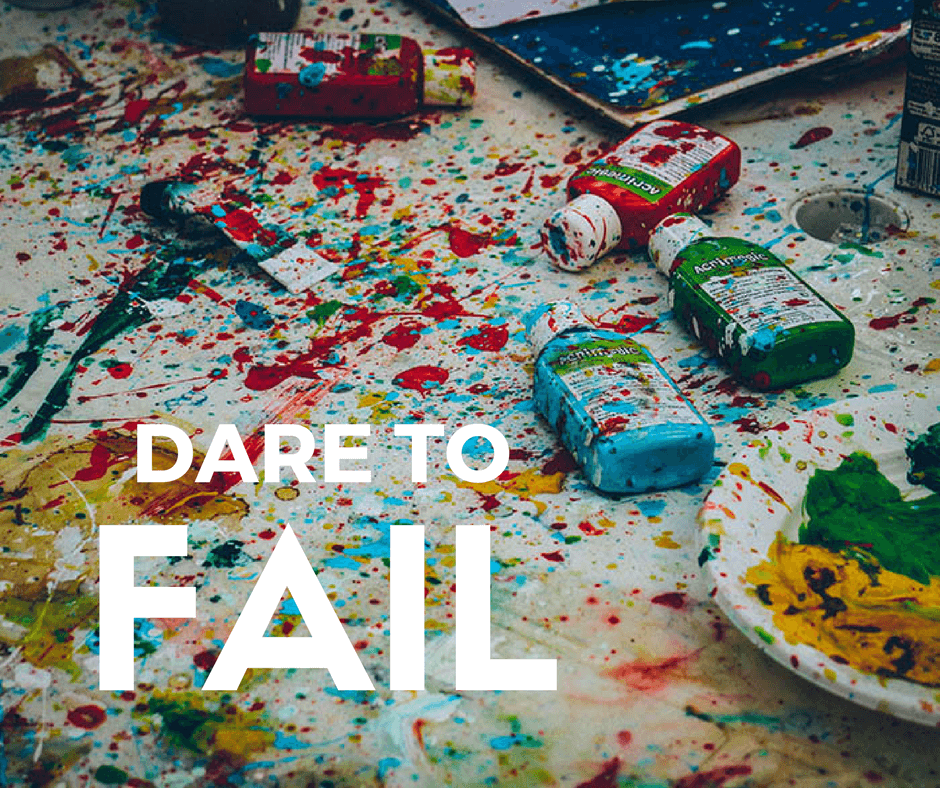
Do you remember when you first tried to do a cartwheel? How easy was it for you to take a running start and plant your weight firmly onto your hands, flipping your feet up off the floor?
Or maybe you didn’t take a running start. Maybe you tried to play it safe, and rather than elegantly flipping heels over head, you flopped ungracefully onto the floor. Even if you did take a running start, you probably tumbled onto the ground at least once as you practiced and worked out the mechanics.
In theatre class, when we teach circle games, we often also teach the students to strike a “superstar” pose when a mistake is made. The point of the parameters in a circle game isn’t to humiliate people when they make a mistake. The point of parameters is to push players to engage with more intensity. Games are more fun when there’s a risk of failure. There’s an energy and excitement to taking on a challenge. There’s mystery, too. Will we succeed? Will we fail? What will happen?
Playing at the edge of your boundary, out where you might succeed and you might fail, where you honestly don’t know what will happen, is exciting. These boundaries are where surprises show up. They are where we make break-throughs.
Try This:
- Choose a project.
- Dare to fail. In your next creative session, dare to create badly. Dare to write badly, or to be a bad actor. Let go of being careful. Forget what you know about craft and just throw yourself into creating.
- After you’re done, reflect on the experience. Much of what you did may have been over the top or poorly executed, and yet, you might find bits and pieces that have potential, too. When you throw caution to the wind, you move into new territory, and new territory tends to be full of discovery.
Daring to fail, even privately, isn’t easy. We like the idea of being accomplished, and it can bruise our ego to experience the humiliation of doing something poorly. And yet, it’s important to consider: How will you know what you’re capable of, if you don’t push beyond your comfort zone?
Daring to fail is like taking a running start at a cartwheel. You throw yourself into it, and learn from what works and what doesn’t. What might you be capable of, if you stop tiptoeing and go ahead and take a running start?
Try it out, and then come back and share your story. I’d love to hear about your experience and your courage. You can comment below, or connect with me on
Facebook or
Twitter.
by Naomi | Apr 13, 2017 | Creative Life
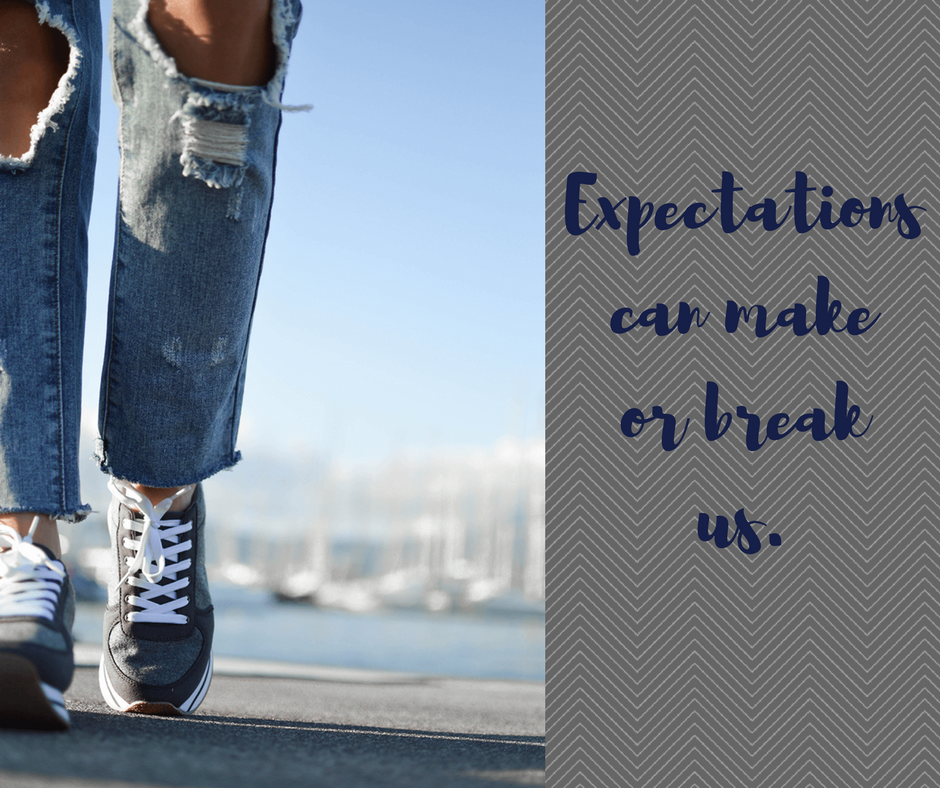
We’ve all heard stories of famous people who struggled, who failed, and who ultimately succeeded. Listening to these examples, I can almost hear soaring movie soundtracks underscoring the victories. These inspiring tales make us think: Someday, my challenges will be worthwhile because I’ll have a story to tell. I’ll create a theme park or an internationally successful book series.
But what if we don’t? Will our failures be any less meaningful to us, if we don’t turn out to be as successful as Walt Disney or J.K. Rowling?
Expectations Can Make or Break Us
Maybe our failures will be meaningful as plot points on our way to huge success. But what about failure’s significance today? Think of each failure as a debt. We invest $10 one day–a small struggle–and $100 the next with a bigger embarrassment. Maybe we crash and burn with a $100,000 disaster. The debt racks up. We pull ourselves up again and again with the expectation that one day, an overwhelming stroke of success will outweigh each failure’s pain. Unfortunately, lightning doesn’t strike that often. By the time we have a $1,000,000 debt against future success, we’re more likely to fall apart than to strike it big.
The Value of Failure
It is possible that any life will turn out to be an epic tale of failure and success. However, we can all count on our lives being a day-to-day mixture of hardship and joy. We can make practical decisions about how to deal with failure in the day-to-day, so we don’t rack up future debt. As with money, the small decisions we make matter. We can be strategic now, or we can pile up hardship on our future selves.
Failure has a cost, but it also has value. When we are willing to feel the sting of failure and learn the lesson failure has to teach, we can invest our learning in next steps. Each success or failure builds upon our lifetime of experience. What we learn helps to ground us, adds to our future decision-making capacity, and expands our toolkit and understanding.
How Failure Moves Us Forward
Failure Builds Resilience
Many people fear public speaking. In fact, what they actually fear is the embarrassment of messing up in front of a crowd. The more often a person speaks to groups of people, the more this fear decreases. Why? Because over time, we learn that while embarrassment is uncomfortable, it’s also survivable. When a speaker can roll with inevitable mistakes, she can focus on more important goals, such as clear communication and connecting with an audience.
Surviving failure builds resilience, whether it is a small failure, such as tripping over a word in front of a crowd, or a larger one, such as launching a new product or artwork to lackluster response. The secret to gaining resilience through failure is to:
- Look the failure in the face.
Yep. I messed up. Yep. I feel embarrassed. And I wish I could go back and make different decisions.
- Ask yourself: What can I learn from this experience?
Make something of the experience right now. Rather than hoping that future success will make this moment meaningful, reflect on what happened, apply any learning that you can to your next decision, and move forward.
Failure Provides Information
Once you’ve built enough resilience to brave failure regularly, experimentation becomes a powerful tool. If your mindset requires that you present a perfect face, moving into new territory is challenging. But, when you’re able to share your flaws-and-all self with those around you, you can start to beta test.
How might this look? What if you wrote a picture book a day, rather than trying for one perfect one every month? What if you hopped on Facebook Live daily for a week rather than painstakingly planning a one-time presentation? The secret to gaining information through failure is to:
Quick iteration offers a speedy feedback loop. Growth speeds up because you’re putting more material out there and receiving feedback more often.
In quick iteration loops, some of your feedback can rub your ego the wrong way. You know things would be more polished with more time spent on the details. Do your best to see past the less helpful comments so you can hear the more substantial feedback. What’s working? What should you build on? What do you need to let go?
Failure Closes a Door
Sometimes failure closes a door. A real and true no can be particularly painful. That said, even closed-door failures can move us sideways in unexpectedly positive ways. When failure closes a door, we gain important information. Our past approach is no longer an option. Also, we gain time that otherwise would have been tied up. Where will we invest our time? What did we learn through the experience that we can invest in future steps?
The secret to moving forward after failure closes a door is to:
Grief must be experienced, now or later. The most healthy way to deal with loss is to brave the pain of it, to accept it for what it is, and to honestly process the emotions. Beware the expectations that show up, vying for your attention. It’s true, this moment may pay off sometime in the future, but the experience has value right now. You are gaining strength, confidence, and grit.
- Decide what to let go and what to carry forward.
Some of the lessons learned will be worth carrying forward, but some disappointments should be let go. Consider treating this decision-making process as though you are packing a suitcase. Examine every thought and belief before folding it and placing it inside the suitcase. Make sure each article in the suitcase has a productive purpose.
When the wind exits our sails, we can either drift or turn on the motor. Even if we’re not entirely sure of the overall plan, it’s important to take action. Once we’re in motion, we can start to iterate and find our way forward through actionable feedback.
Failure isn’t romantic. Like grime, it can build up over time and get in our way. However, if we’re mindful about our reaction to failure when it shows up, we can use difficult circumstances to grow. With thicker skin, small failures can roll off our backs, and we can increase our ability to succeed by putting ourselves in increasingly challenging situations. The more pitches we swing at, the more we’re likely to hit a ball out of the park.
Have you experienced a failure that helped you to grow? I’d love to hear your story. Share in the comments section below, or connect with me on Facebook or Twitter. In the meantime, here’s to you and your creativity!
by Naomi | Apr 10, 2017 | Creative Life
Failure can easily be romanticized. We hear stories of people who failed again and again, who persevered, and ultimately succeeded. It is important to remember: While they were falling down, struggling, and daring to rise again, these successful people didn’t know what we know now. They did not know that one day their failures would make an excellent story.
No one can promise that failure will lead to success. And yet, finding ways to rise up after failure, to lessen our fear of failure and the power that fear holds over our lives and work, is a worthwhile pursuit.
So, with all of that in mind, here are three thoughts on failure for your consideration. What feelings or thoughts do they spark for you?
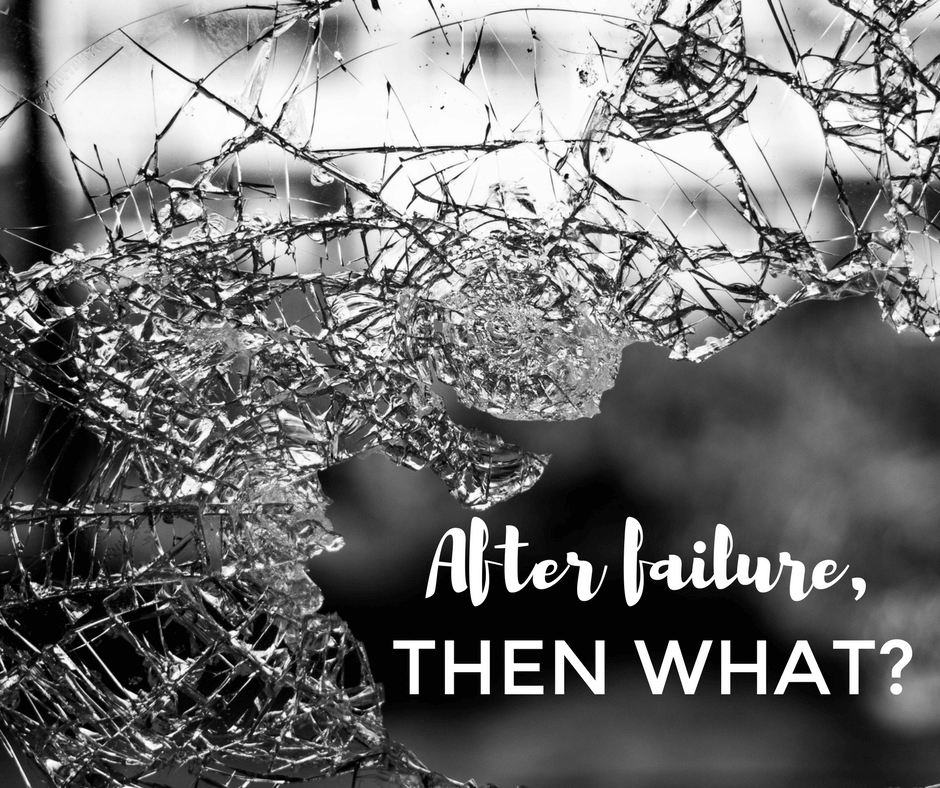
“There is only one thing that makes a dream impossible to achieve: the fear of failure.”
― Paulo Coelho, The Alchemist
“It is neither good nor bad, but thinking makes it so. “
― William Shakespeare
“The truth is: Belonging starts with self-acceptance. Your level of belonging, in fact, can never be greater than your level of self-acceptance, because believing that you’re enough is what gives you the courage to be authentic, vulnerable and imperfect.”
― Brene Brown
Looking for more? Explore these thoughts and stories about failure and rising again on my Pinterest board.








